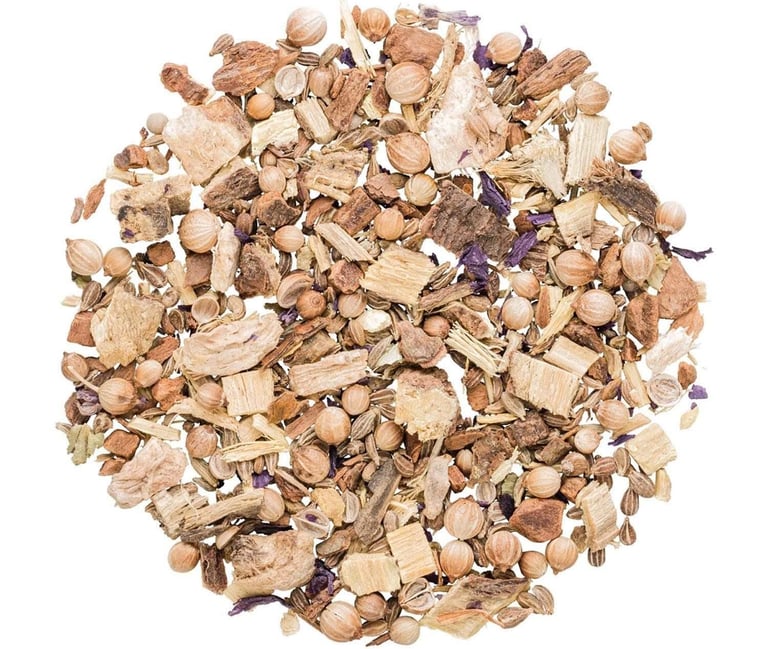Ayurveda Pitta BIO
A cooling and harmonizing blend of herbs and flowers that soothes inner heat and restores calm.
With its refreshing aroma and gentle sweetness, this tea balances the fiery, sharp, and intense nature of Pitta, bringing peace, compassion, and emotional clarity.

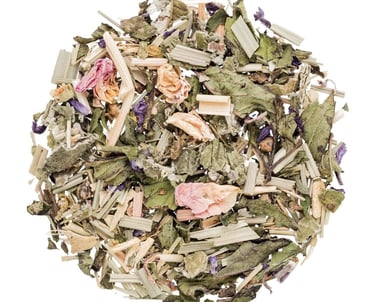
From€7.40 (Loose-Leaf)- 50g
Ingredients
Lemongrass, peppermint, raspberry leaves, cardamon, licorice, mallow flowers, rose petals.
All ingredients come from certified organic farming.
Properties
Type of Tea: Herbal blend
Cultivation Method: Organic
Attributes: Can be enjoyed hot or cold
Edition: Classic Ayurveda Collection
Taste: fruity / lemony
Seal: Organic cultivation
Mantra:
“Sham Agni Namaha”
I honor the sacred fire. May it burn steady and kind.
Chant Meaning:
• Sham is a soothing syllable used to calm the mind.
• Agni means fire, the inner transformative force.
• Namaha is reverence.
Practice: Chant in a gentle tone, with eyes closed, visualizing a cool blue flame in the belly. Do this in nature or by water for deeper resonance.
Preparation
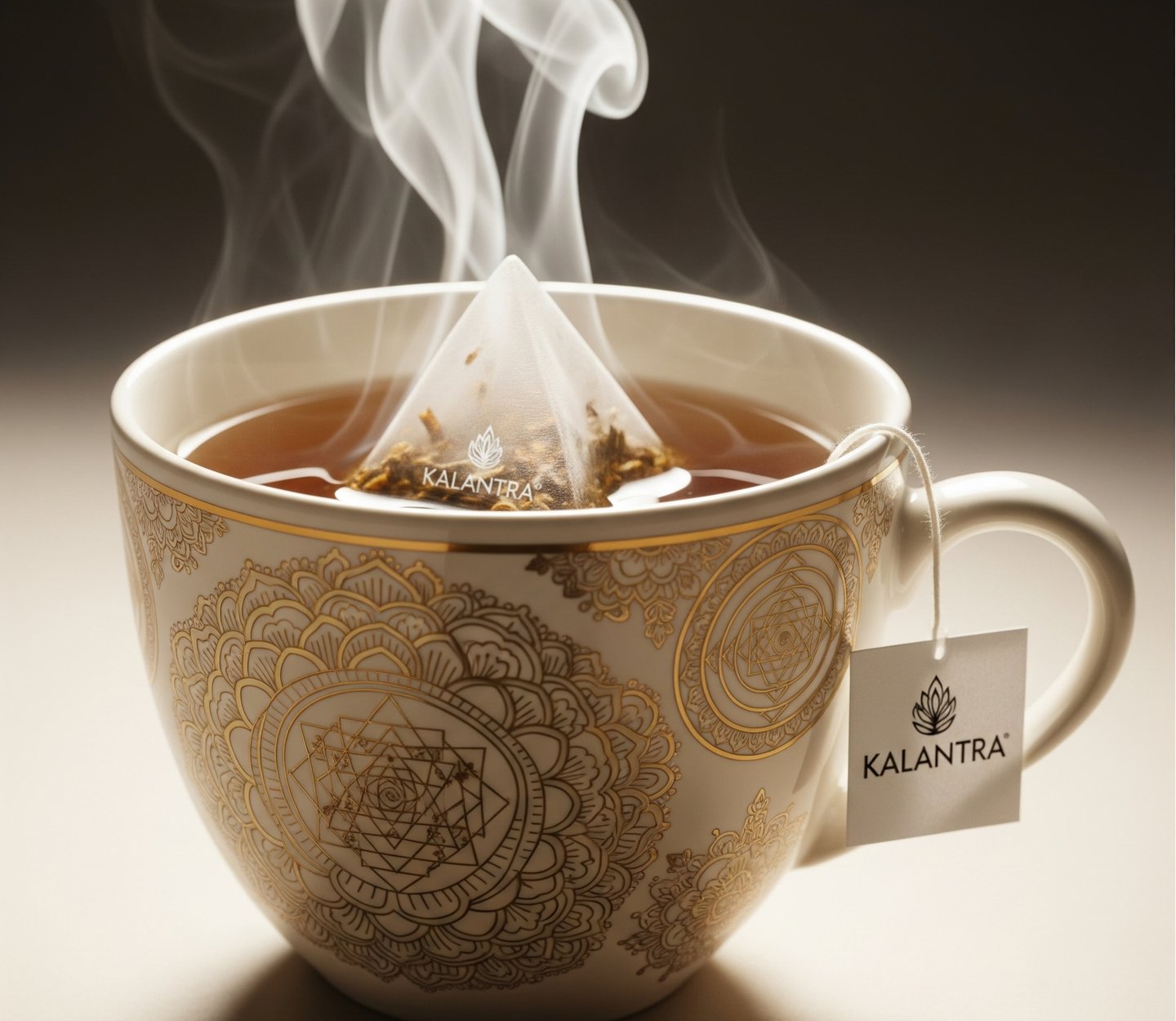

6 g herbal spice tea mixture (about 7 heaped tea measures) to 1 liter of filtered or soft, bubbling boiling water; leave to infuse for 5 minutes and enjoy.
Wellness. Fitness. Health. In the last decade, these terms have become a trend and have happily reshaped people's awareness of their health. In the course of this development, more and more people are also interested in Ayurveda.
Ayurveda - The Teaching of Life


6g/l




100°C
5 minutes
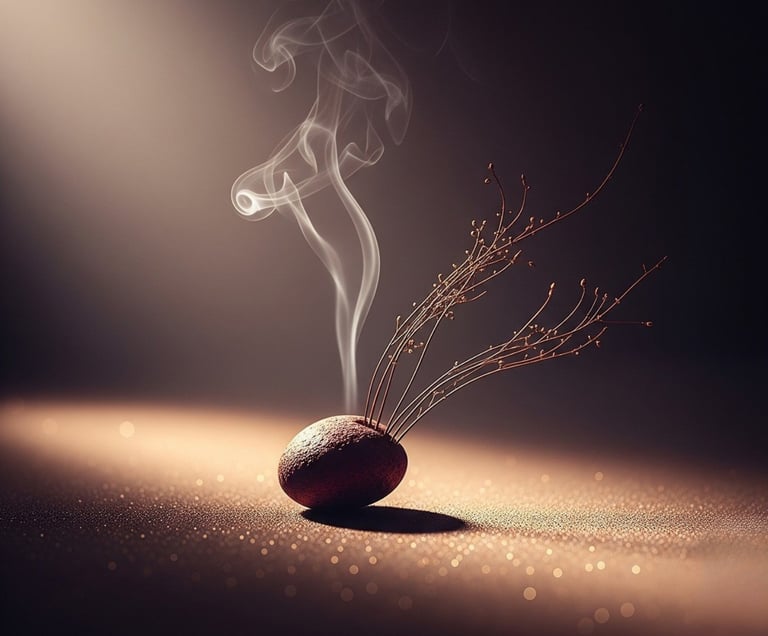


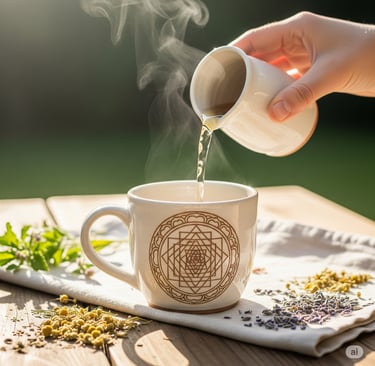
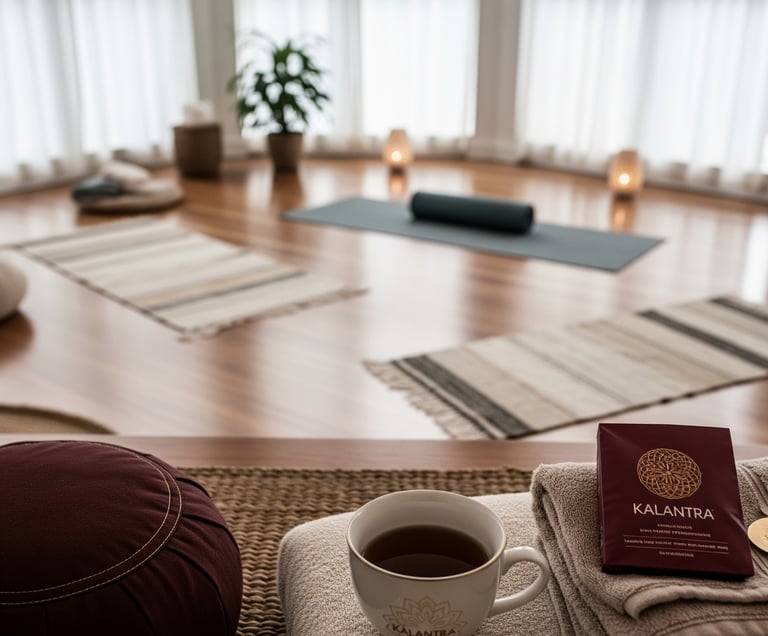

What many do not know: Ayurveda is much more than oil massage or relaxation treatment. Ayurveda is an ancient science, born from traditional Indian philosophy and first described in the ancient Indian writings "Veden". The term Ayurveda is composed of "Ayu" - life - and "Veda" - knowledge - and is therefore also called the teaching of life or the knowledge of life. By the way, yoga or meditation also have their roots in the Vedic sciences. Long forgotten in India, Ayurveda experienced a renaissance mainly on the initiative of the Vedic master Maharishi Mahesh Yogi, who opened up the old knowledge of modernity. For about 20 years, Ayurvedic experts, but also Western doctors and scientists, have been working on this comprehensive topic.
Ayurvedic image of man
In Ayurvedic teaching, man is not considered in isolation, but as a unit of body, spirit and soul in its interrelationship with environment and nature. Each person differs from all others by his individual physical and psychological constitution. With a comprehensive, holistic view of nature, of man in nature and all the factors that influence him, Ayurveda is a health doctrine with an emphasis on health. While today's conventional medicine usually looks at the disease and its symptoms, thus analyzing the body separately from the mind or other influences, Ayurveda has a completely different starting point: the balance or rather the balance of the 3 all-determining principles Vata, Pitta and Kapha.
The 3 Doshas
Ayurveda is also the knowledge of the three doshas with names Vata, Pitta and Kapha. These in turn are influenced by the 5 elements space, air, fire, water and earth. Therefore, it is not surprising that the term "Dosha" means "influencing factor". Each person is characterized by an individual construction plan, an individually pronounced influence of these all-determining 5 elements. Every life is made of the same "building blocks". Thus, Vata, the "movement principle", is shaped by space and air. Fire and water characterize the "metabolic principle" Pitta, the "structural principle" Kapha is derived from the elements of earth and water. From birth, each person wears all three doshas in different combinations interacting and permanently changing. The combination determines the prevailing individual constitution of a person, his instantaneous state of mind. In every individual all doshas work, but one or the other is in the foreground. In addition to the "pure" constitution types, there are the so-called mixed types with two dominant doshas, but also the three-dosha type, in which the dominancees are evenly distributed (a total of 10 types). There are no good or bad types of constitution.
Pitta - The Metabolic Principle
...steers the processes of exchange. The element of fire is predominant: the acting heat changes forms or states. In the human body, Pitta regulates the metabolism and body temperature. Pitta causes everything to change constantly and thus also stands for mental flexibility, intelligence, warmth, courage and discernment. Pitta digests everything and implements everything - whether food or sensory impressions. Fire and water characterize the properties of «Pitta»: light, hot, somewhat oily, sharp, pungent, liquid, flowing, movable, sour.


Absolutely thrilled with my purchase! Outstanding product, exceptional service, and overall an excellent buying experience.
Clarice Turner

Absolutely thrilled with my purchase! Outstanding product, exceptional service, and overall an excellent buying experience.
Brian Moten

★★★★★
★★★★★
RATINGS
SIMILAR ARTICLES
A spice herb mixture with spicy sweetness and pleasant spiciness.
Ayurveda Vata ORGANIC
A spice herb mixture, strippingly spicy and beautifully spicy.
from 7,40 €
from 7,40 €

